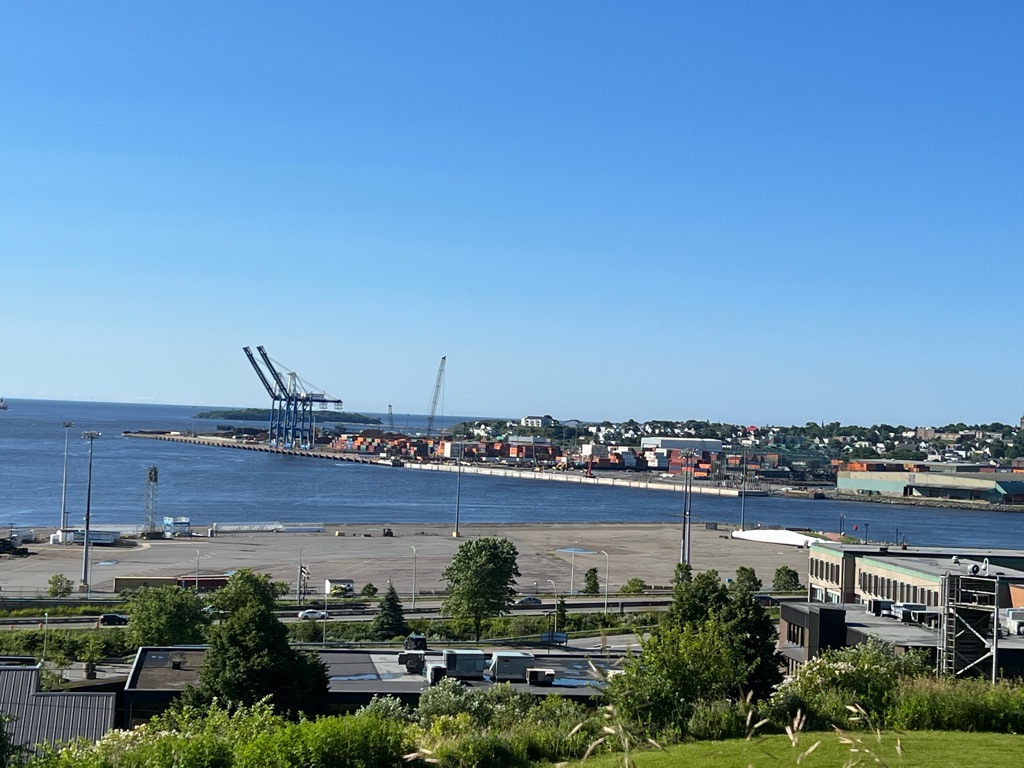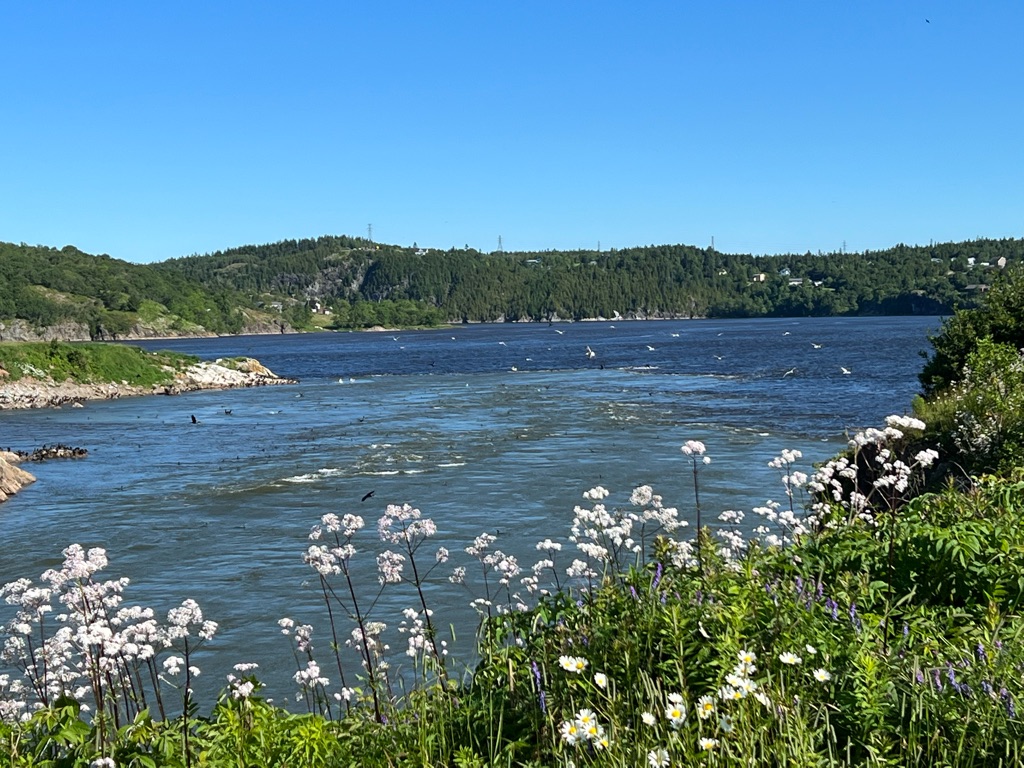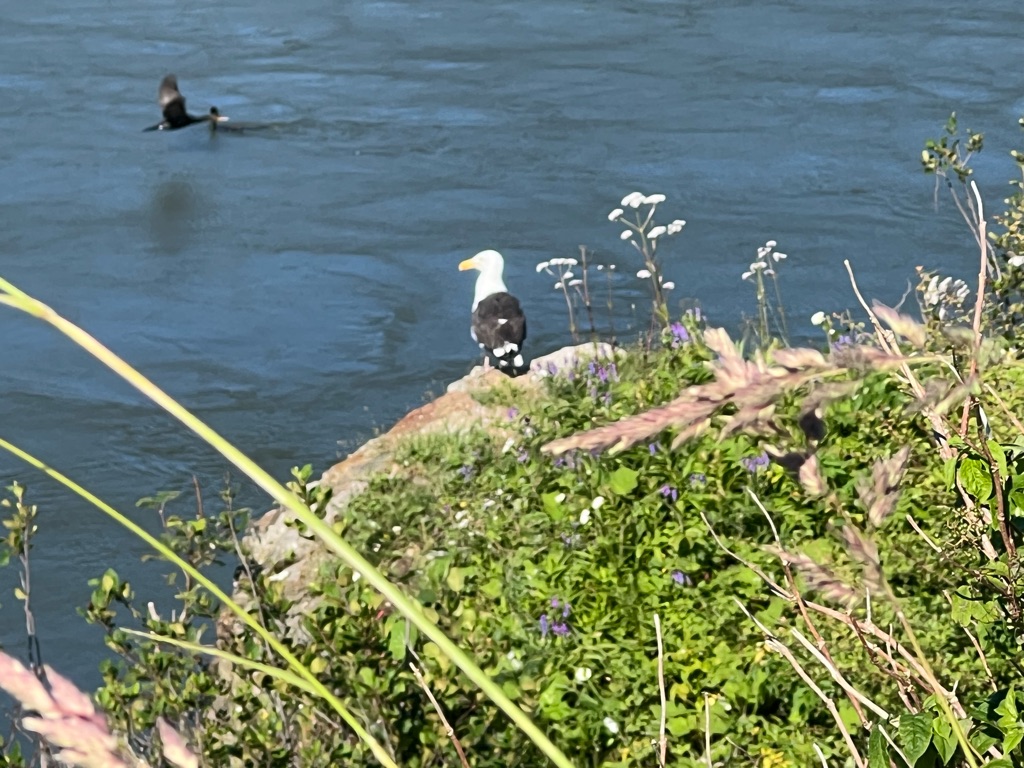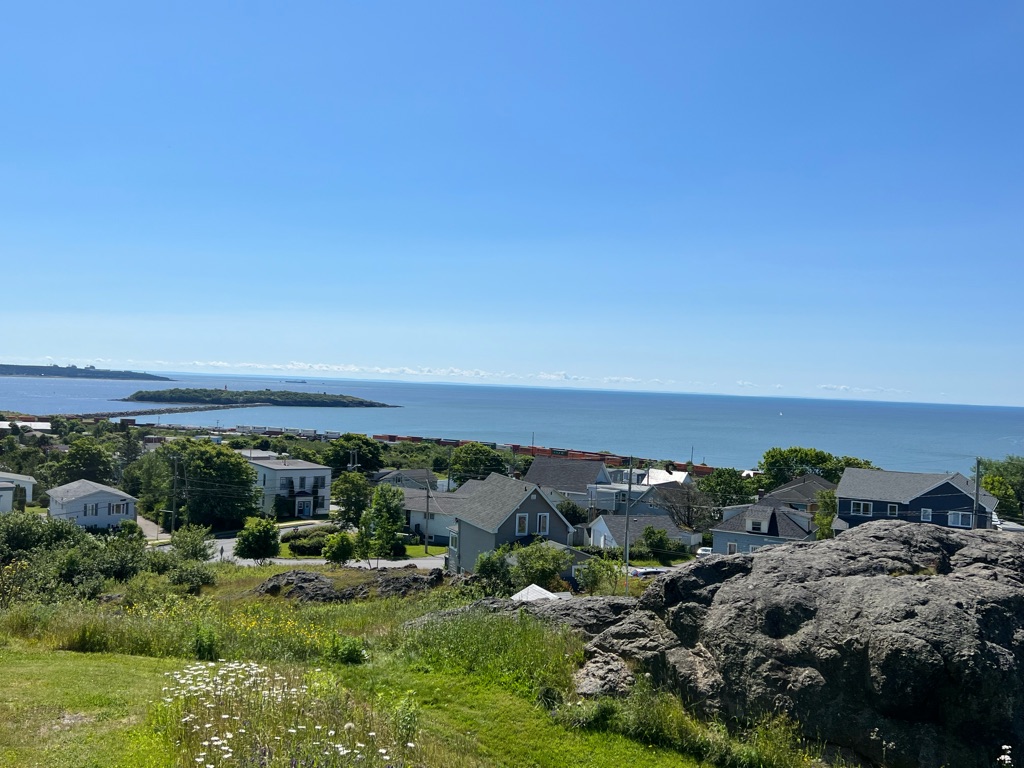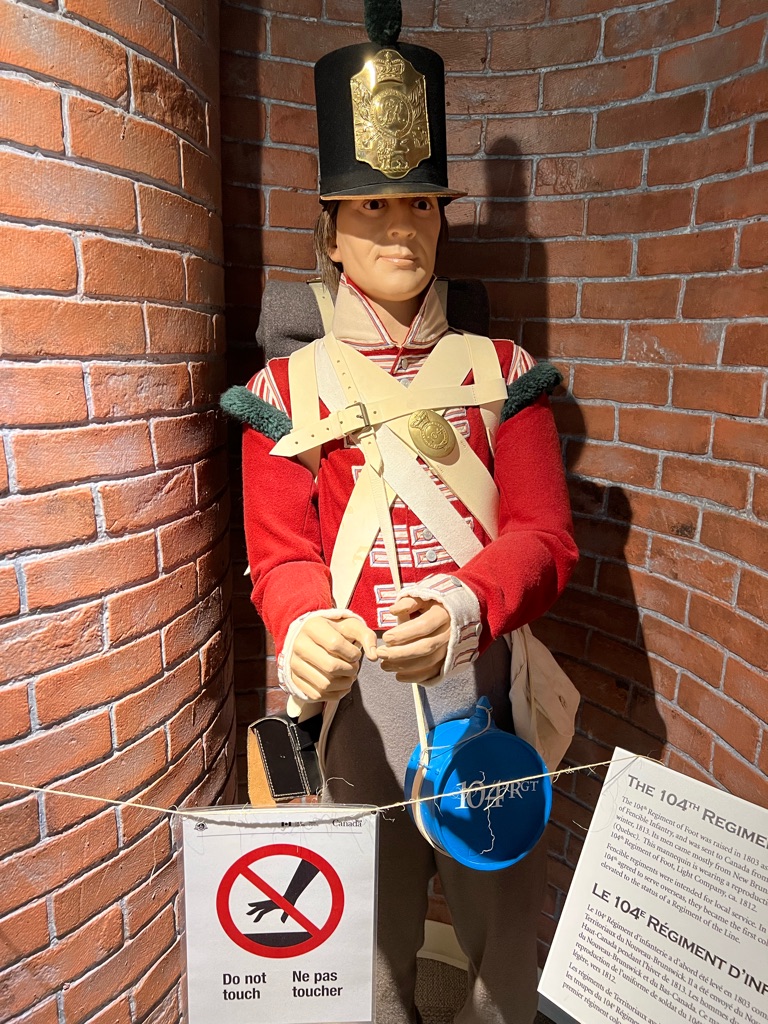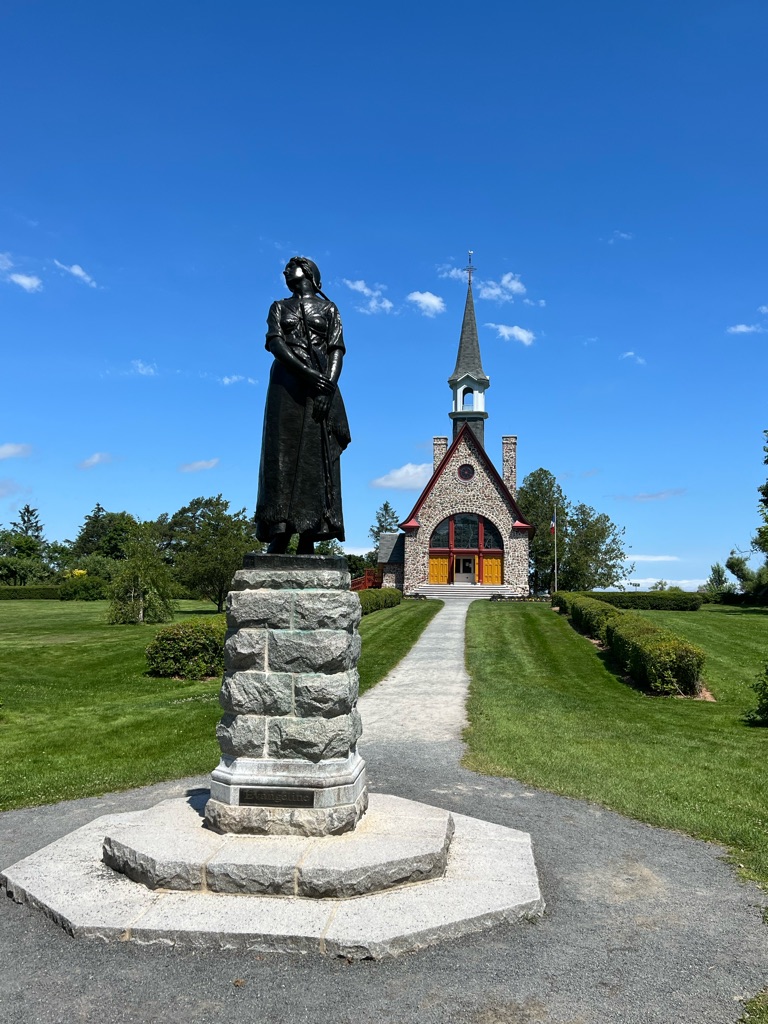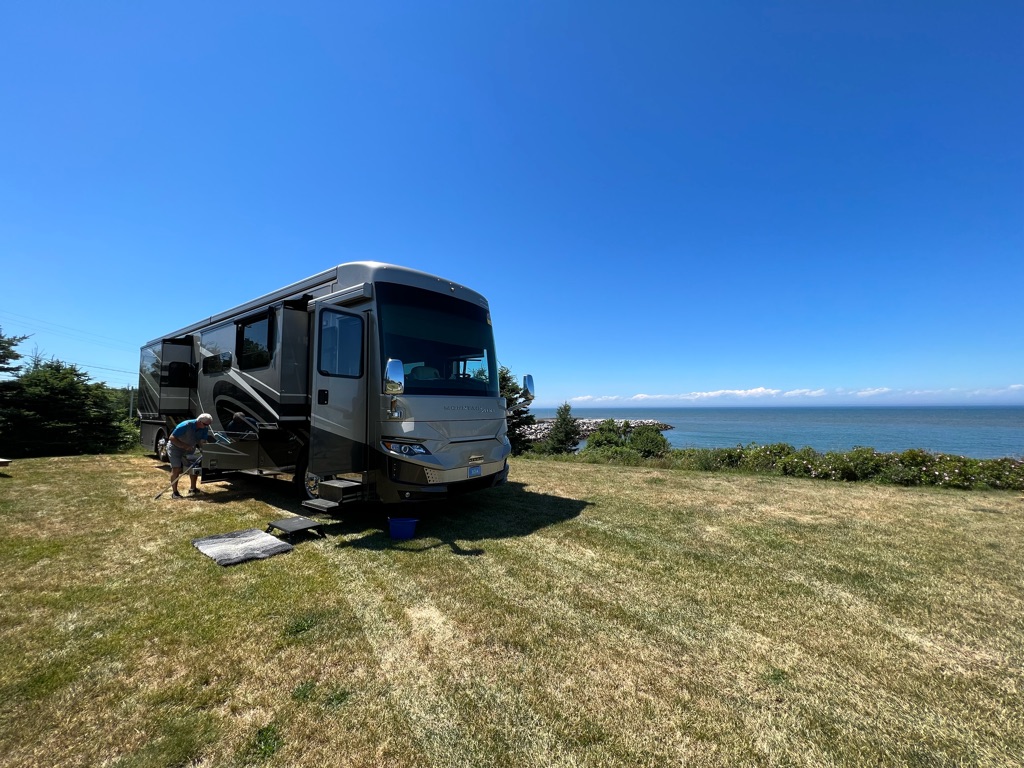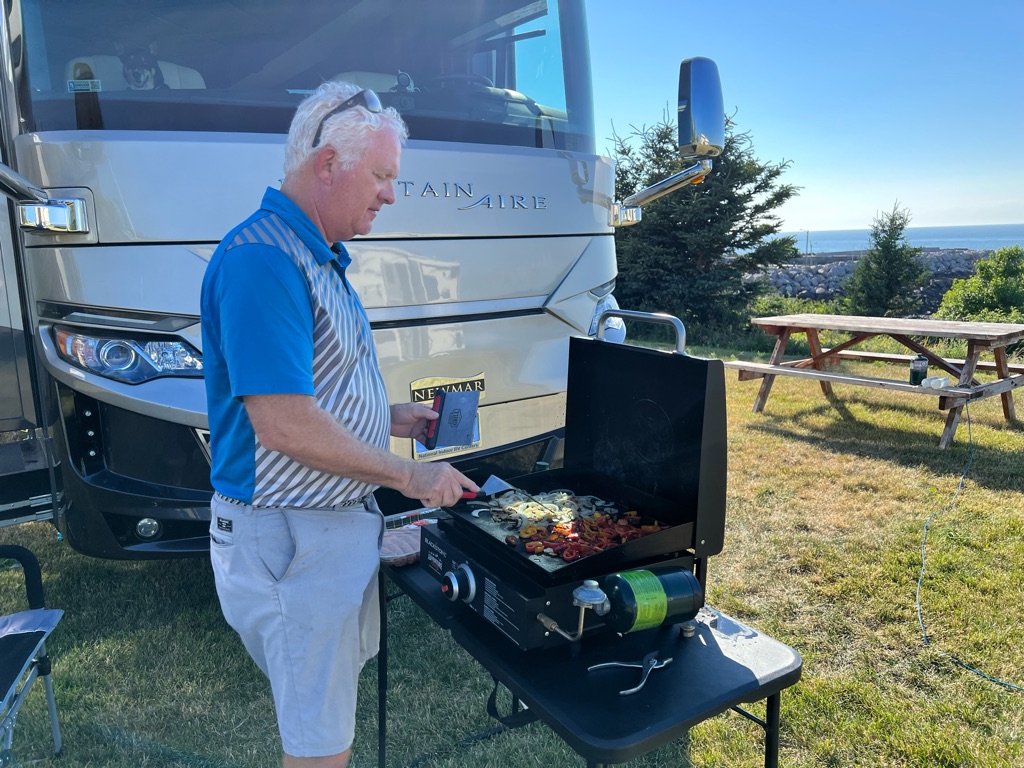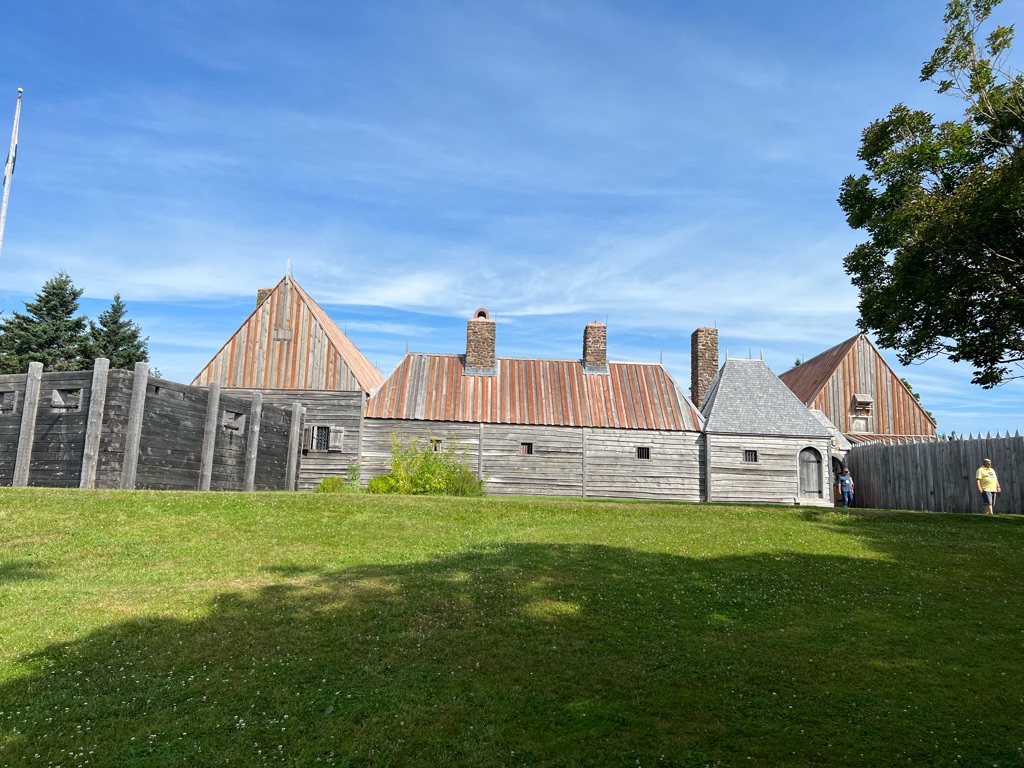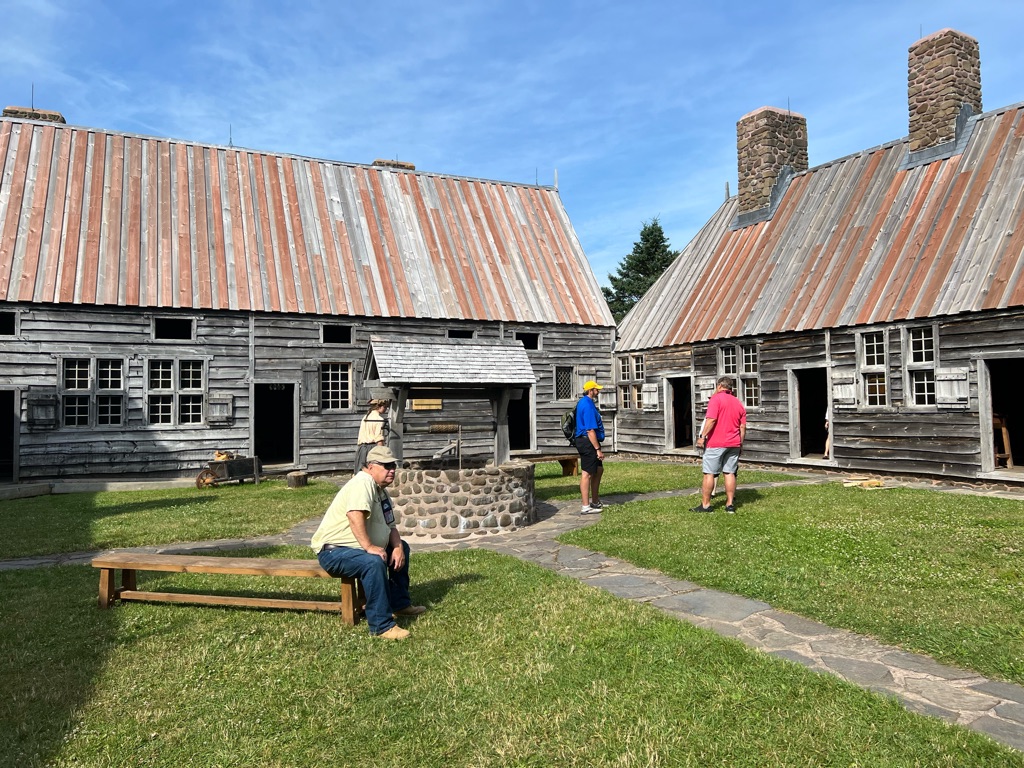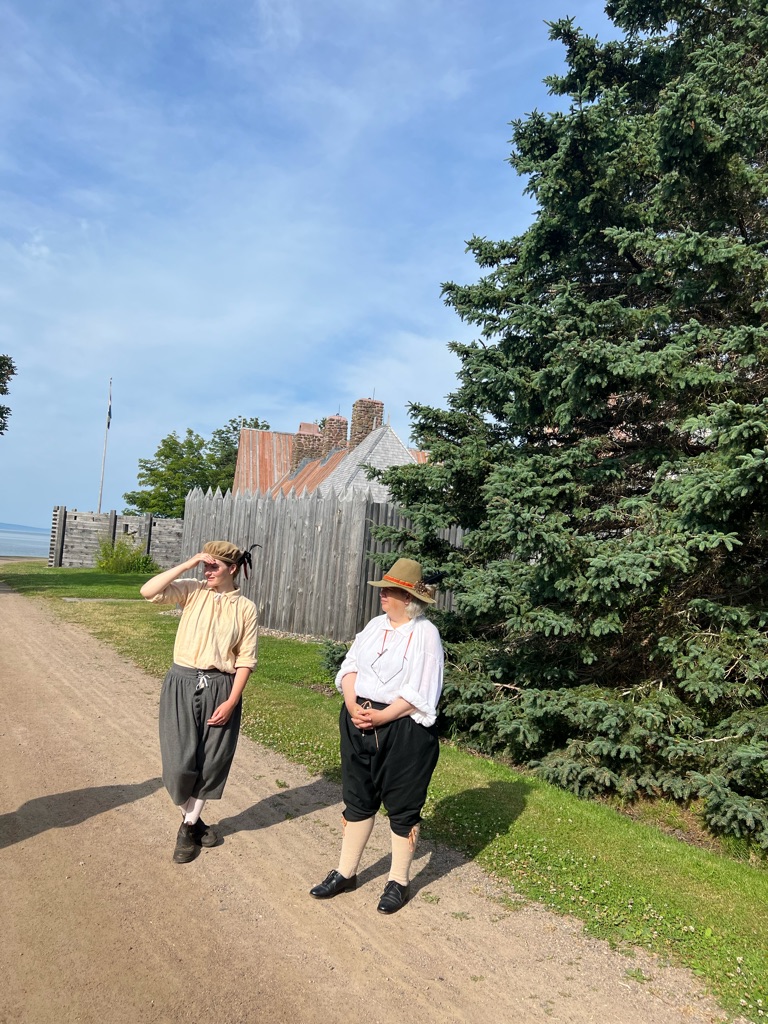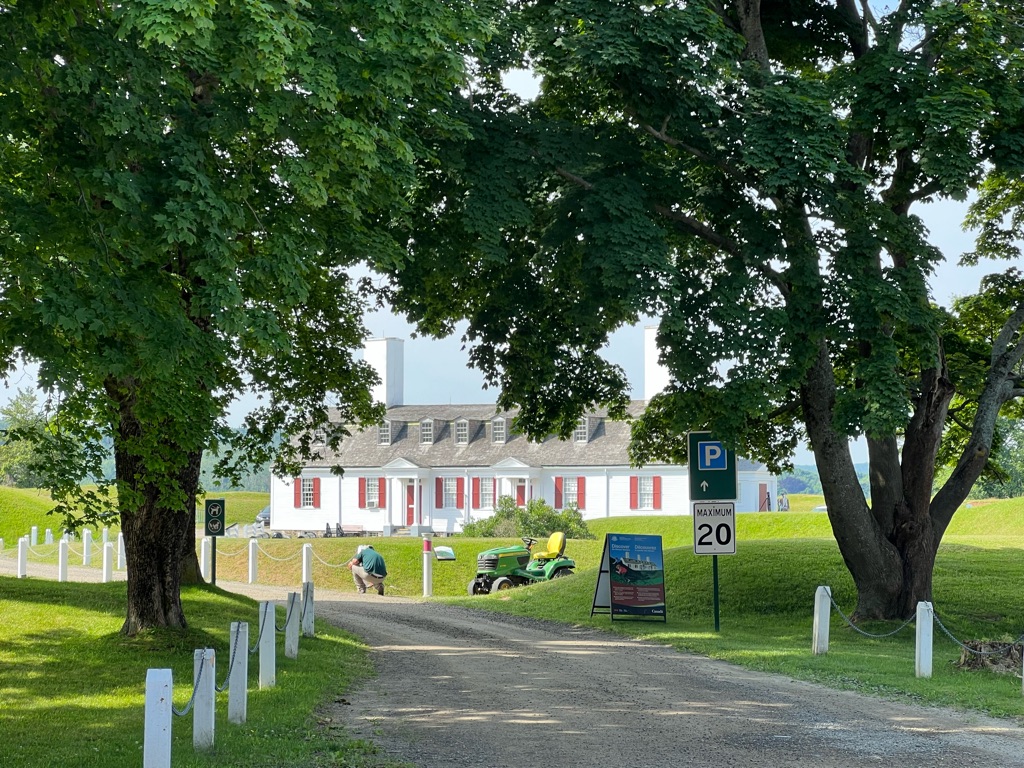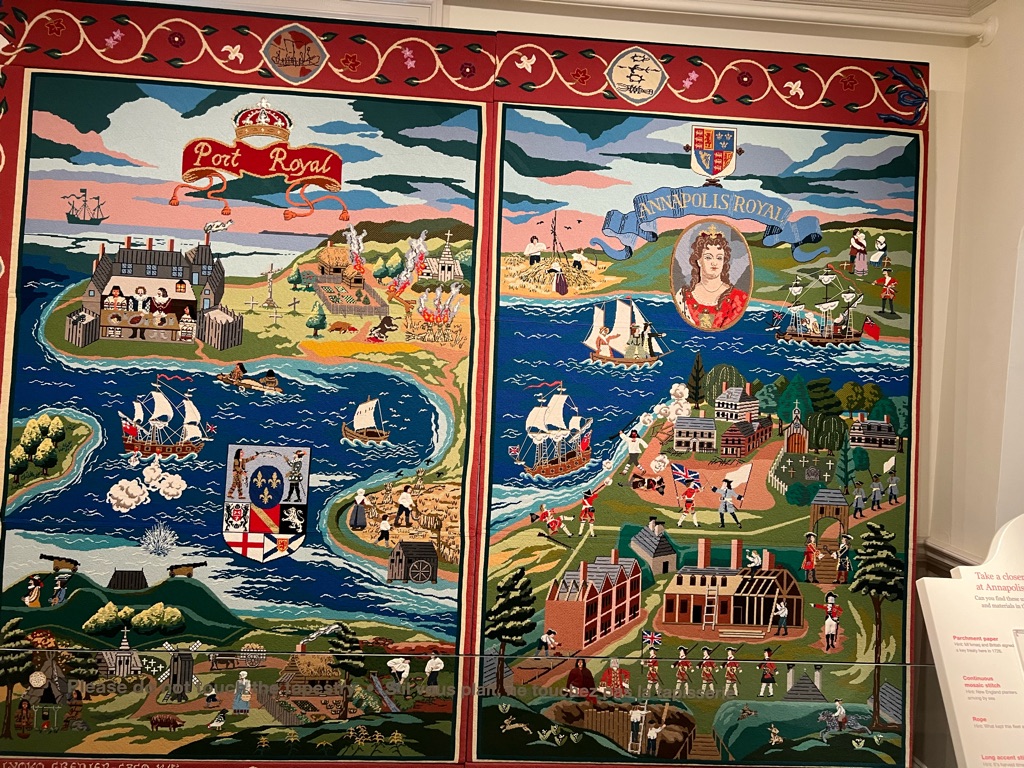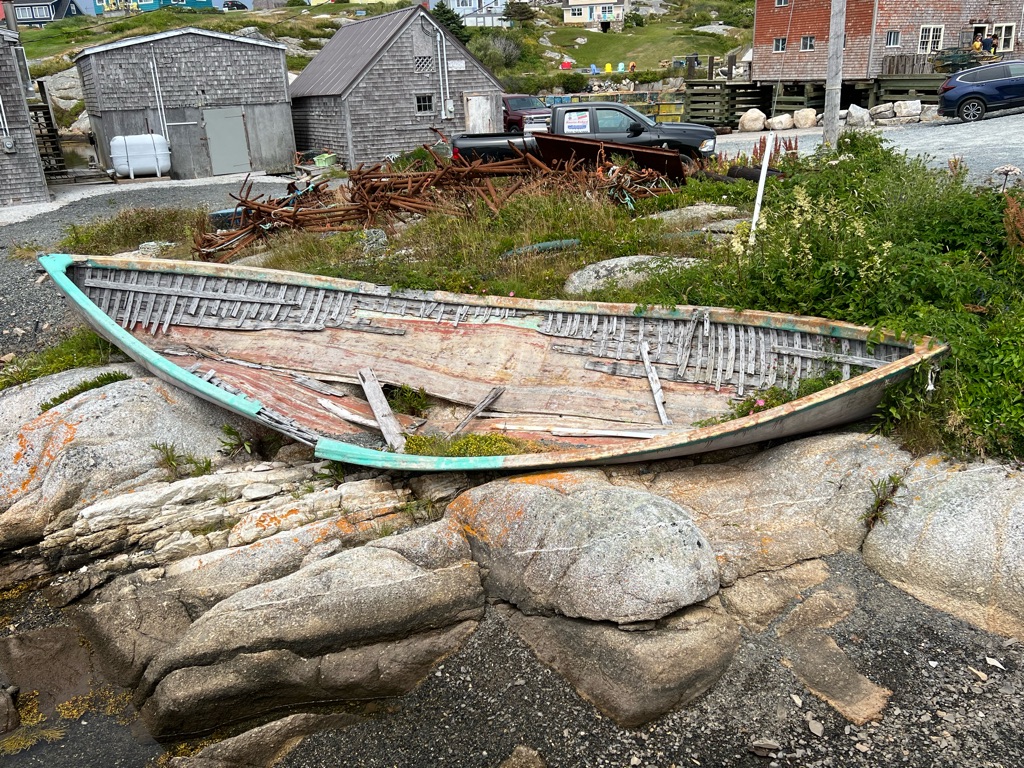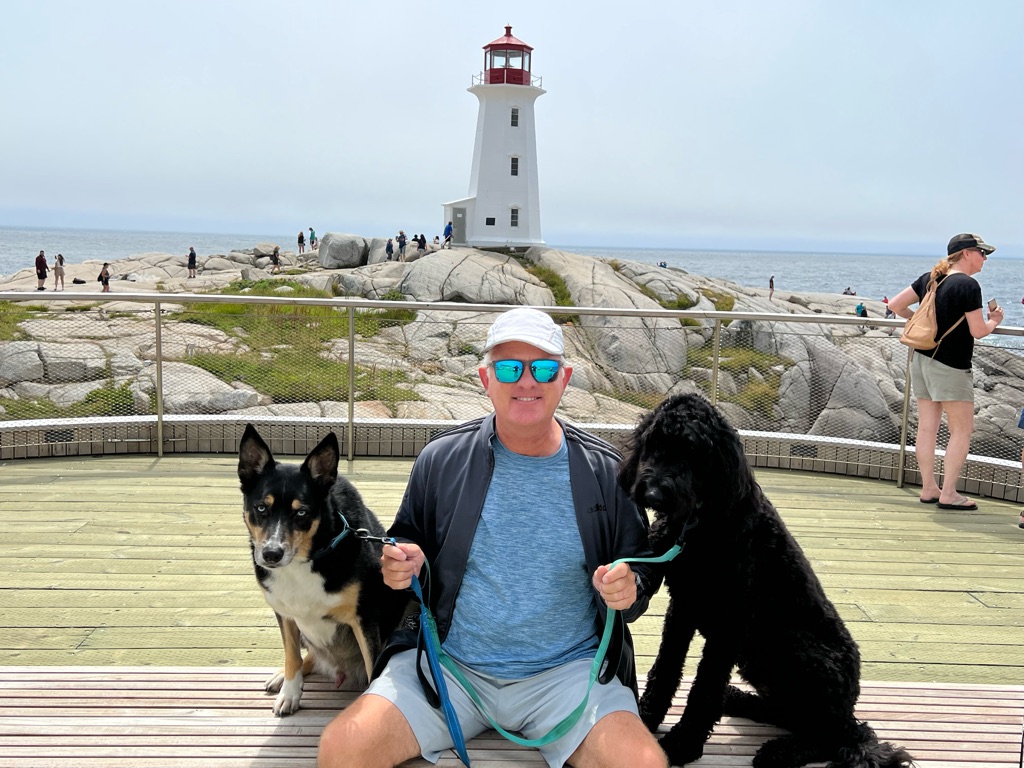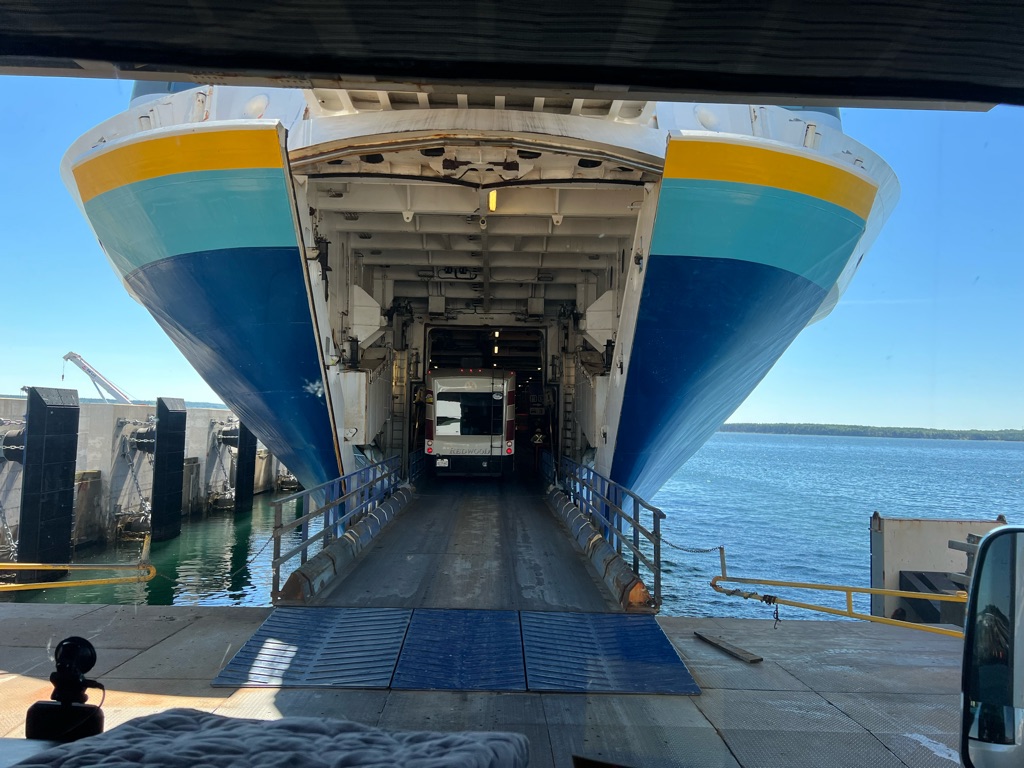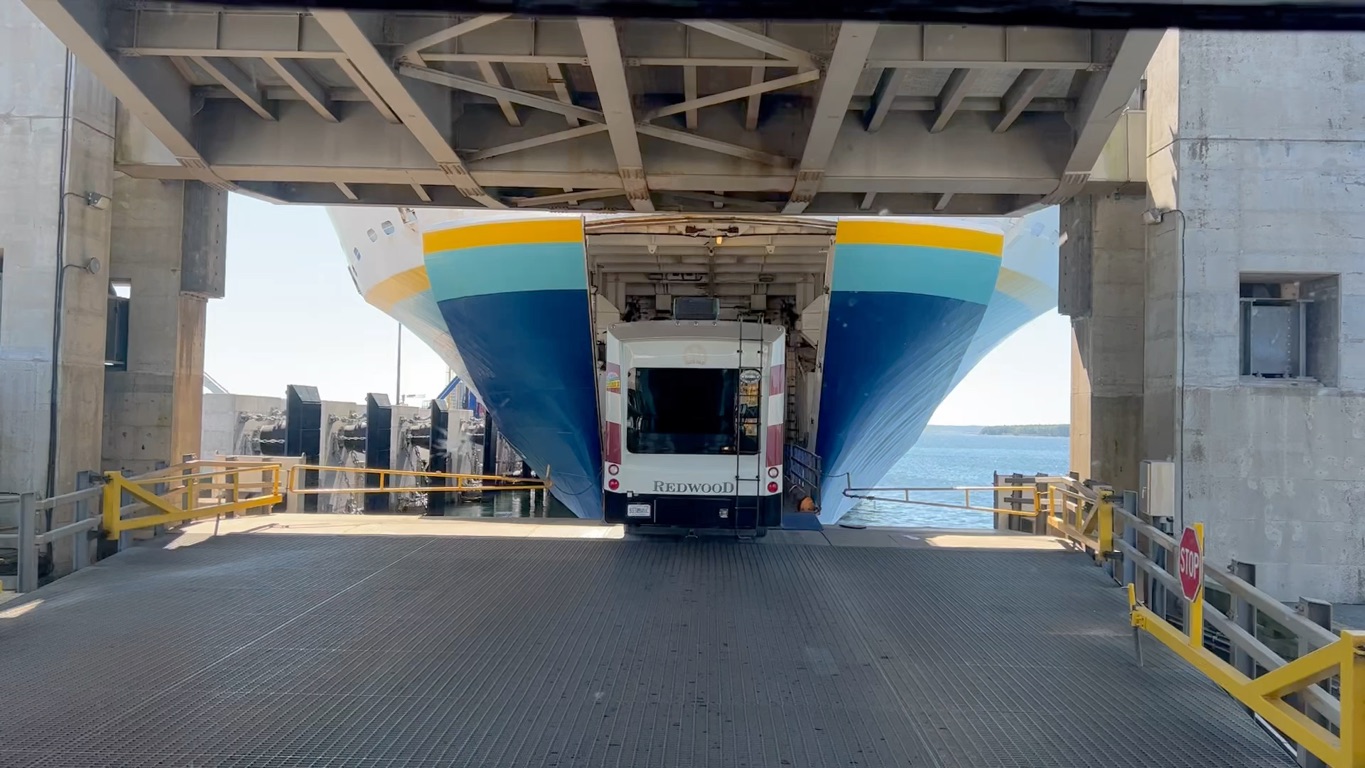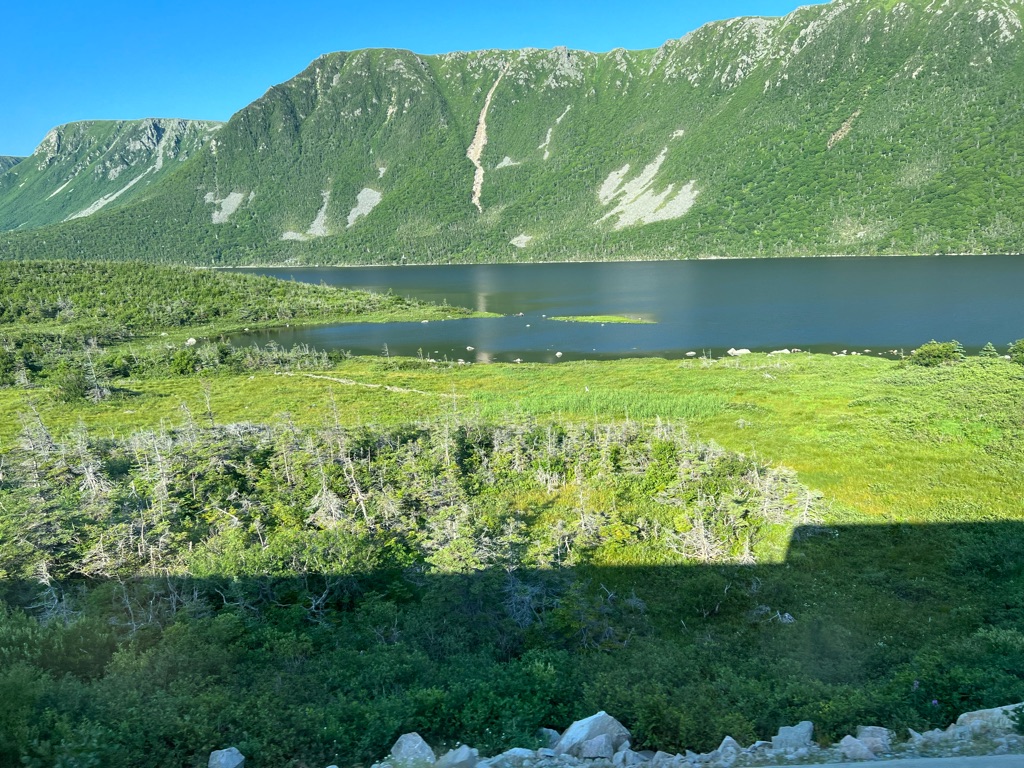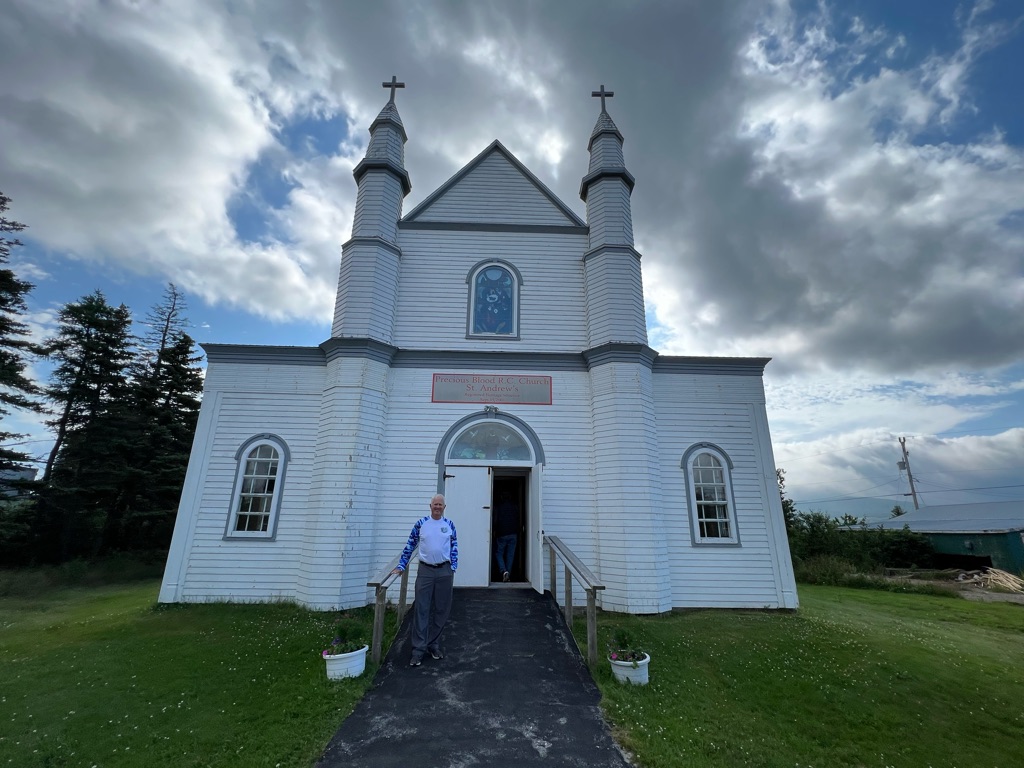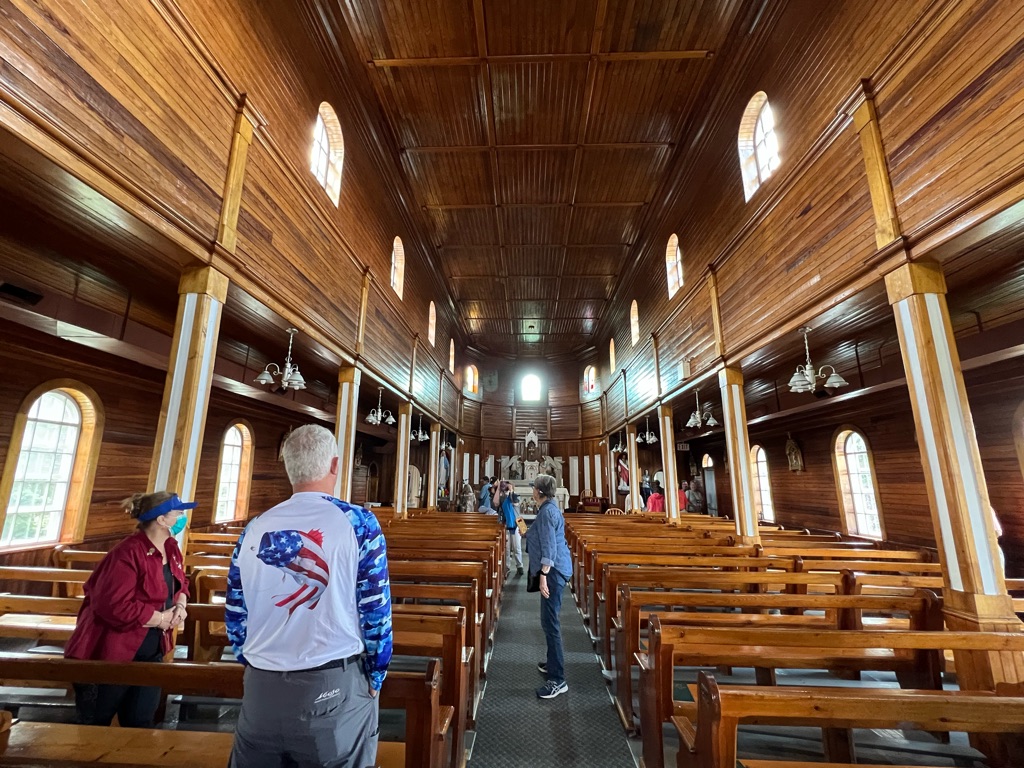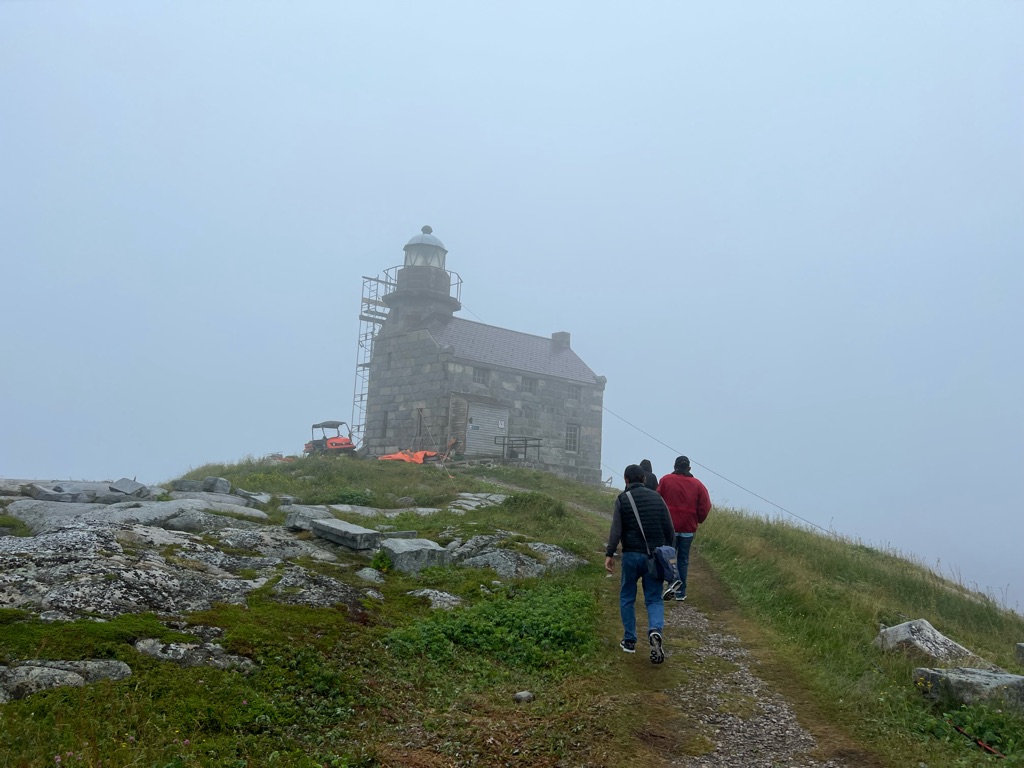Our journey began on July 4th, fifth wheels and motor home bus,
Questions going through our minds....what if we don’t like them or...what if they don’t like us....
Folks from many of the lower 48, Canada too,
Singles,couples, pets and rigs to learn,
All from different walks of life, and lots of new friendships to earn
We traveled to many places and got to know each other well...
Some were a little quirky, but most were really swell
Dan’s cigars smelled so sweet
Snickers made the trip complete.
Terri drives the Breeze bus
Until the air line took a fart
With Terri driving, Ben and Roy went to get the part
Emerick’s coach didn’t want to go
A brand new battery put them back on the road
Ben climbed in Stumps’s basement, Mark had to join him too,
Tried to fix the slide and water leak,
But
It made us cry to say goodbye when Kern and Rebecca had to leave
Some of us will see them when Albuquerque balloons are in the breeze
The Oliver’s only had seven starts left
And to their dismay had To go away
After a quick turn of a sensor wire
Their situation was no longer dire
Power at Cove Oceanfront,
Left much to be desired,
The view was spectacular,sunsets beyond compare
Our Alaska folks had a get together with great food and fare
Bruce lost a wheel nut and struggled to level, and Linda’s scooter took her wherever,
Tom was on the Redwood quick as a flash,
While observers on the hill took photos and chilled,
happy that roof problem wasn’t theirs and the really sticky eternabond tape made Paul swear
Vicky offered good advice to enhance the trip along the way,
Alex got to play golf; while Ingrid and Sandy shopped.
We were sad to leave 3 rigs behind when getting on the ferry….
The Jordans held down the fort at Arm of Gold, we were delighted when we were reunited
Covid reared it’s ugly head and our guests dropped like flies, Covid tests, quarantine and medicine sent it bye bye!!
We were blessed to have Elmon our doc, make RV calls, and Dana our pharmacist, gave advice to all
The Viking feast was quite a treat and accusations and trials were heard, Mary was found guilty and Linda was caught, a fork was sought and Joe; who accused had to pay the dues for the next 7 days till the penalty went away
The rolls were hot, and jam was sought as Bruce and our host twanged, you couldn’t help but clap your hands and some even sang
Whale watching was wet and the tails of the whales did not fail
All shared photos on our Maritimes Facebook page
Zoey, Mully, Angie, Charlie, Tucker, Champ, Mazie, Rolex and Rex, Bilbo, Brodie, Chloe, Bailey, Coco, Ozzy, Lizzy, Archie, Beau and Frannie the cat
Eighteen pets make our lives complete….having our pets on the Maritimes was really sweet!
The cleanest truck award goes to the Martins; Ann would clean every streak which made it look really neat. Ben was on call for who ever needed him,
And campfires and beating Dan at Cubbs was one of the sweetest treats of all
We’ve shared so much and have come to love these faces,
We laughed, we’ve cried,
With wonderful memories of all these magical places
So as your journey in life, takes you to the new....don’t forget these happy faces
It’s hard to say goodbye and leave all these beautiful places
We’ll meet again, so we’ll just say, \240not goodbye, but see ya later....
Knowing our paths will cross again, Maybe around the equator
You’ve changed our lives and made the trip sweeter,
Memories made and friendships too
And May God’s richest blessings,.....go with each of you!
















































